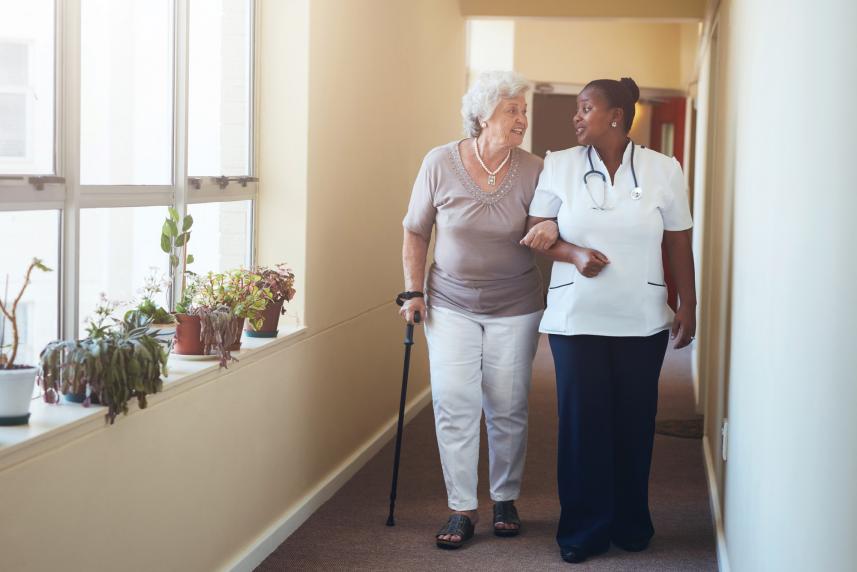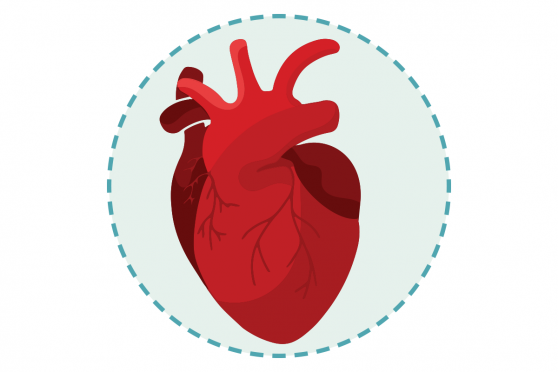After a Bone Breaks
Strengthen your skeleton with balance training and protect yourself from falling

Once you’ve had a fracture, you’re at a greater risk of another. But that doesn’t mean your only option is to cross your fingers and hope for the best. These strategies can help you avoid a repeat breakage.
Keep moving. Resistance and balance training help reduce the likelihood of another fracture. First, ask your doctor if your bones are strong enough for more than walking. Many hospitals, health clubs, and community centers offer exercise programs for people with health conditions like osteoporosis.
Consider wearing hip padding. If you’ve recovered from a hip fracture or have an unstable stride or posture, wearing a lightly padded undergarment can give you added confidence. Ask your doctor about the options, and follow any recommendations for using a cane or walker for better stability.
Evaluate your surroundings. Make sure you have clear, well-lit paths to get around your home. Limit your need to navigate stairs. Reach out to loved ones to help you rearrange furniture or install handrails in hallways, if necessary.
Make lifestyle changes. If you smoke or use tobacco products, take steps to break the habit. Tobacco use puts you at a higher risk of low bone mass. Also, if you drink alcohol, keep a close eye on how much you drink. Studies show that people who drink heavily tend to have more bone loss and fractures.
What are the odds of a fracture?
If you’ve been diagnosed, here are your chances of a fracture in the next five years:
- At age 50: 3 in 1,000
- At age 65: 15 in 1,000
- At age 75: 45 in 1,000
If you've had a fracture
Your doctor will want to talk about your risk factors for weakened bones. It may also be time for a bone mineral density test. This simple test provides a snapshot of your bone health and can tell if you have osteoporosis. It also helps determine the best plan of treatment.



